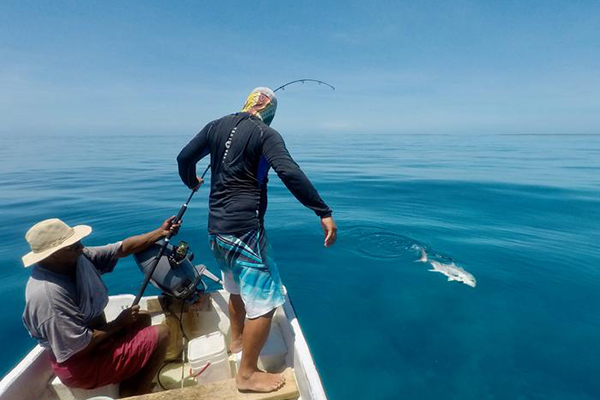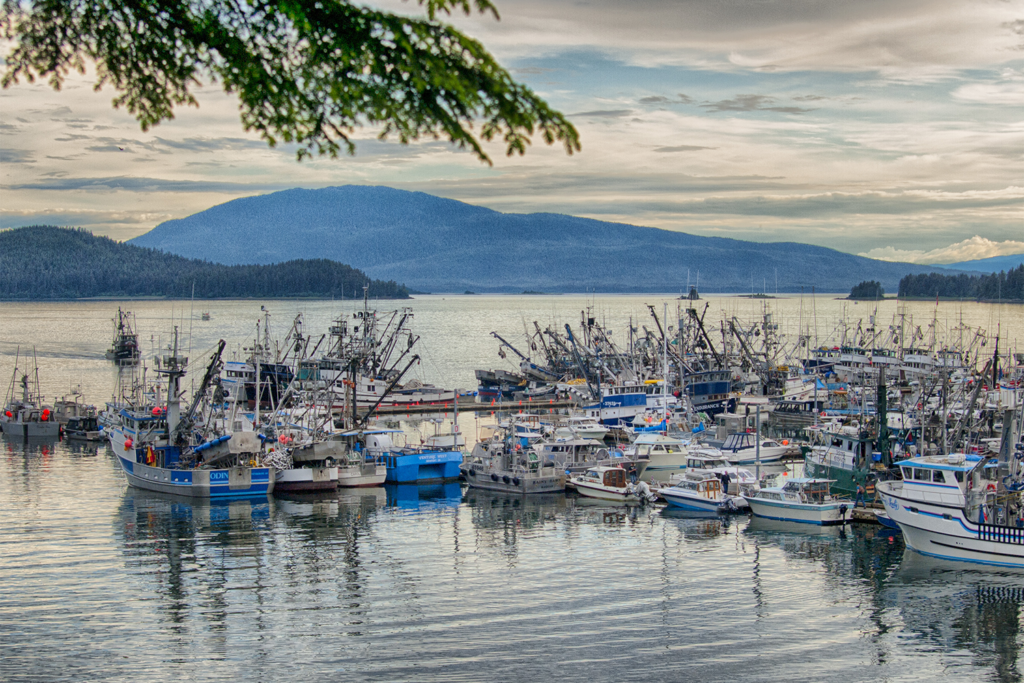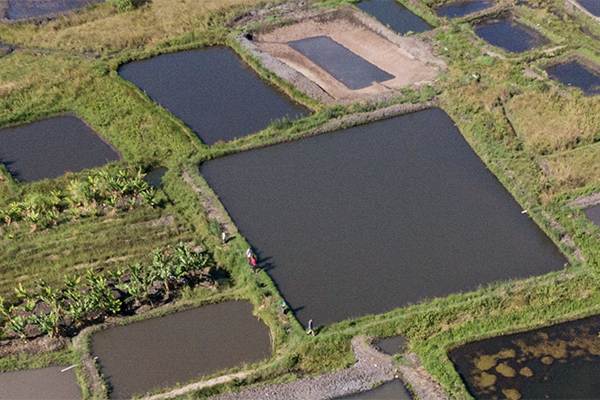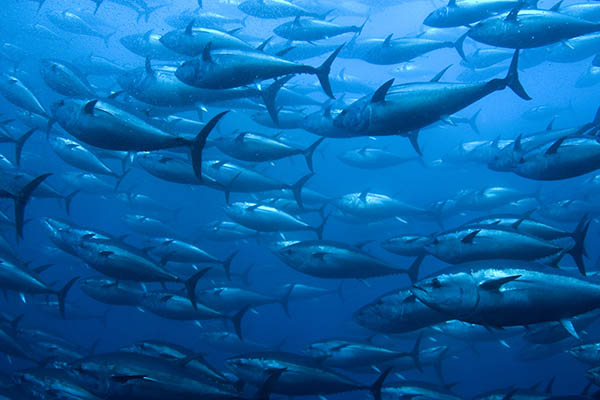Study: Equitable access to seafood markets is an important factor in Pacific Islands nations like Kiribati

A new study has found that climate change is making it harder for people to access seafood, but that tapping into local solutions may help enhance food security.
The study, recently published in Proceedings of the National Academy of Sciences, underscores the importance of bolstering the food system in vulnerable regions to sustain robust seafood consumption and resilience.
“Climate change and other economic shocks are impacting how people access seafood, and typically households that are most reliant on seafood, such as those in Pacific Island countries, are most at risk,” said Jacob Eurich, a research associate at UC Santa Barbara’s Marine Science Institute and a fisheries scientist at the Environmental Defense Fund.
Coastal communities, particularly those at the front lines of ocean warming and sea level rise, are facing pressures that could threaten their access to aquatic foods. However, instead of developing new technologies or methods, the study suggests that it may be more effective to focus on understanding and improving the current ways that these communities access seafood. This approach could help them better deal with environmental and economic changes.
“We wanted to better understand how households benefit or fail to benefit from seafood resources because we think it’s something we often assume and are rarely able to really explore,” said Katherine Seto, the study’s lead author and professor at UC Santa Cruz.
Kiribati, an island nation in the Pacific Ocean that’s highly reliant on aquatic foods, served as a case study. Despite heavy reliance on seafood, the population faces challenges from imported food and climate change.
The research team applied access theory, a concept that follows the flow of benefits (in this case, high-quality nutrition) as the food makes its way from the ocean to the table. Instead of just assuming that people living close to the ocean have access to seafood, the researchers followed the paths that I-Kiribati people took to get seafood. They were especially interested in households that ate a lot of seafood to see how they managed to get it.
“We measured actual consumptive benefits from eating seafood, and the results about who benefits more and who benefits less are not as intuitive as you’d think,” Seto explained.
The findings revealed that access to seafood markets was the most important factor in determining how people in Kiribati got their seafood. This was more significant than other factors like jobs, education, money or technology.
Eat the whole fish: A discussion of culture, economics and food waste solutions
“Market access is important for policy moving forward,” Eurich said. “Specifically, ensuring equitable access to markets is key.”
The researchers also uncovered an unexpected pattern: households that ate a lot of seafood didn’t often use formal markets or money to get it. Instead, they relied on home production or bartering for seafood.
While households used multiple strategies to acquire seafood, the highest seafood consumers tended to use the market the least. These populations included giftees in urban areas, pointing to the social, non-market aspect of seafood acquisition, as well as members of the community that did their own fishing and gleaning and also used the catch to trade, bypassing the market. The high consumers that used the market the most belonged to the smallest group, consisting of wealthy, affluent and urban households.
“From a policy perspective, promoting social networks through things like fisher groups or cooperatives could reinforce healthy seafood diets in addition to the commonly proposed food system interventions, including addressing supply chain inefficiencies,” Eurich said.
The results also revealed a distinct pattern of consumption – different households ate different seafoods.
“This means that household strategies are not only important in shaping the overall consumptive benefit a household gets from seafood,” Seto said. “But also, the potential environment, food security and nutritional implications, as all seafoods are not the same.”
Now that you've reached the end of the article ...
… please consider supporting GSA’s mission to advance responsible seafood practices through education, advocacy and third-party assurances. The Advocate aims to document the evolution of responsible seafood practices and share the expansive knowledge of our vast network of contributors.
By becoming a Global Seafood Alliance member, you’re ensuring that all of the pre-competitive work we do through member benefits, resources and events can continue. Individual membership costs just $50 a year.
Not a GSA member? Join us.
Author
-
Responsible Seafood Advocate
[103,114,111,46,100,111,111,102,97,101,115,108,97,98,111,108,103,64,114,111,116,105,100,101]
Tagged With
Related Posts

Fisheries
Climate change intensifies inequalities in the availability of seafood nutrients
Researchers argue for nutrition- and climate-sensitive fisheries management with food-based trade policies to prevent a decline in seafood nutrients.

Responsibility
Study: Small-scale aquaculture can improve income, food security in rural regions like Zambia
A Stirling study finds that adopting aquaculture helps rural Zambian households diversify their income and improve their food security status.

Responsibility
Study: More than 90% of global aquaculture faces substantial risk from effects of climate change
Aquatic food producers are vulnerable to the effects of climate change, with USA, China and Thailand at the most risk, a UCSB study finds.

Fisheries
Small-scale fisheries are ‘crucial’ to global food security – but can the sector satisfy the global demand for protein and nutrients?
FAO report underlines the vital role small-scale fisheries play in ensuring global food security and sustainable development.



